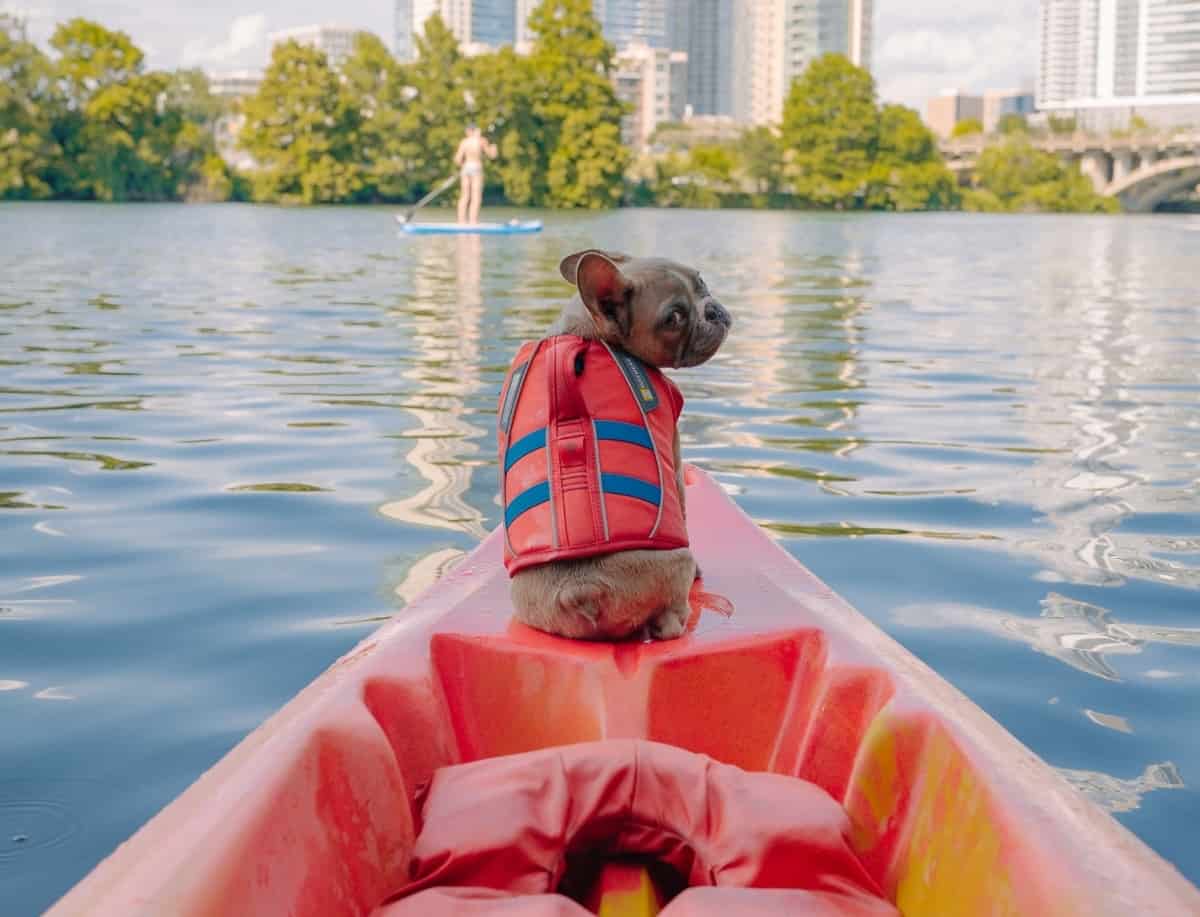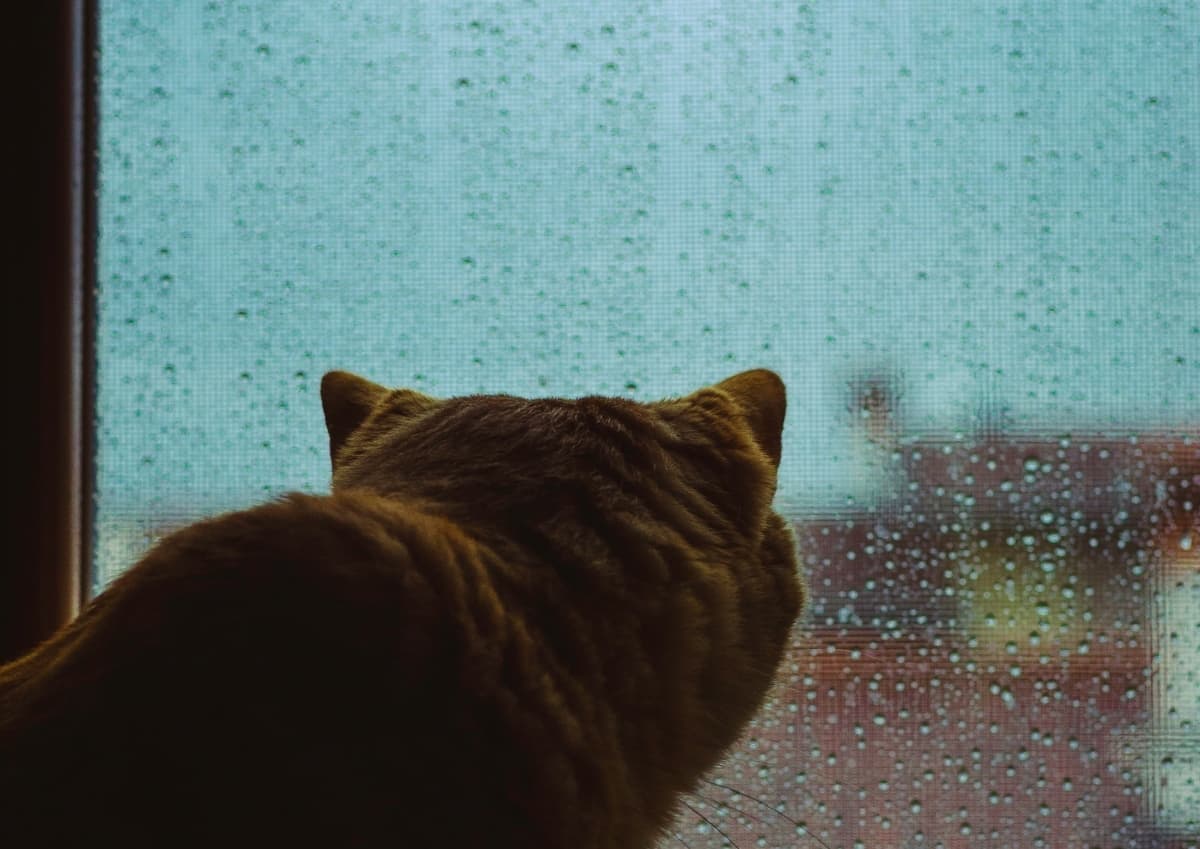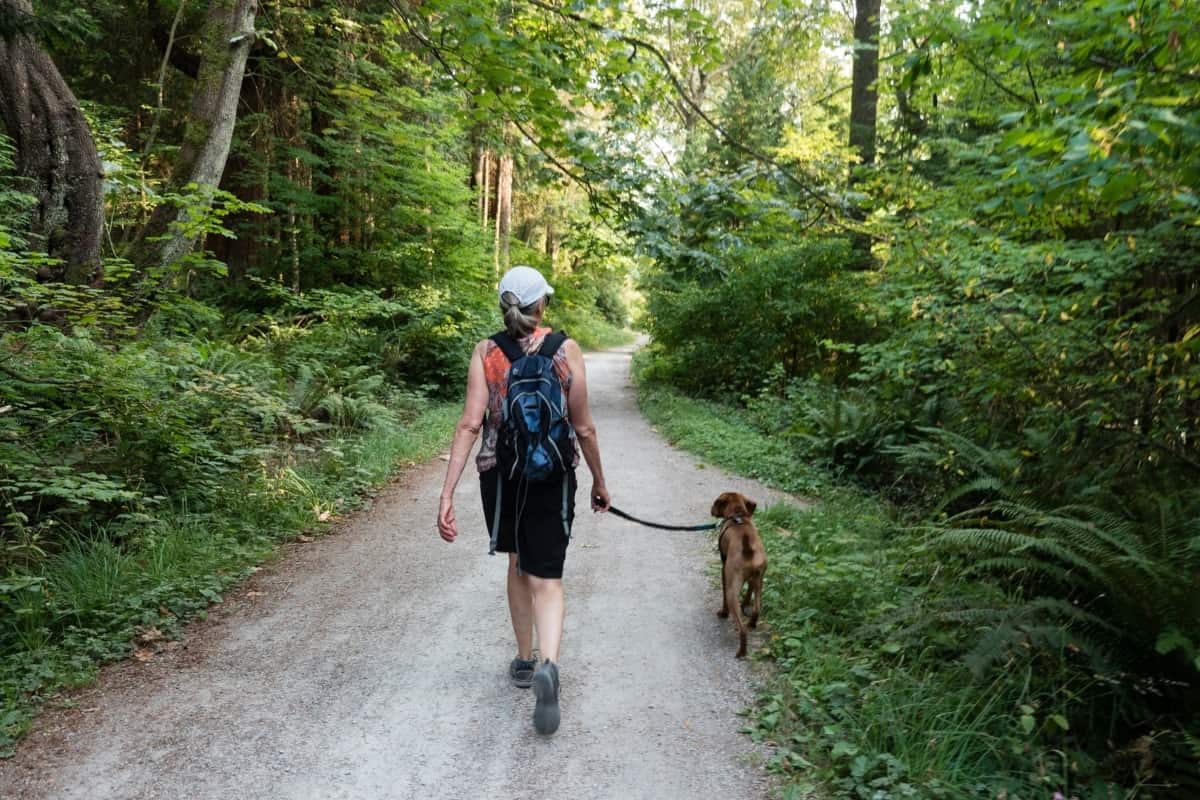As pet owners, we love to take our pets everywhere we go–including vacations. Unfortunately, the warmer months bring their own set of unique dangers for our pets that we must keep an eye on. A great way to stay safe on summer vacation or throughout the warmer months is with summer pet safety tips. These tips will provide your pet with essential safety and care.
This happy sunny season always brings some effects for your pets, such as health issues. Thus, keep your pet comfortable, safe and calm during these hot times. The sunny season is especially tough on dogs because they don’t sweat like normal people. Therefore, they may find it difficult to cope with hot environments. Dogs cool their temperature down through panting, but it becomes harder for them to keep calm when there is hot air.
Conversely, cats can tolerate high temperatures compared to dogs. However, that does not mean that you should forget cats during the summer. The following summer pet safety tips are essential for keeping your four-legged friends safe and happy all summer long.
The Best Summer Pet Safety Tips You Need to Know
1. Don’t Force Your Pet To Swim If They’re Unwilling
Some pets are afraid of water. Others simply don’t like to get into the water. While you may want to encourage your furry friend to join you in the swimming pool or in a lake, we advise you to never force your pet to swim. This can cause trauma and stress.
Even if your pet does enjoy swimming, you shouldn’t overlook them in the water. Monitor their activity, don’t let them go into the deep ends, and make sure they’re taking breaks.
After enjoying some time in the water, we recommend washing your pets to remove any gunk from out of their fur. The substances you wash out may include chlorine, sand, and mud depending on where you’ve been swimming. Always make sure that your pets are dry after washing sessions. Gently and carefully dry your pets using clean towels.
Teaching Your Pet How To Swim
It’s understandable that you may be eager to get your dog to swim with you in the water. But just like humans, our furry friends need to learn how to swim first.
According to the American Kennel Club, you should put a dog life jacket on your furry friend before the start of a swim lesson. Avoid tossing your pet in the water and instead motivate your dog to join you with a toy or treat. You may also want to consider wearing a life vest of your own in case your dog starts to panic in the water.
The American Kennel Club also suggests inviting over a friend with a dog who enjoys swimming. This is a great way for your pet to observe and learn swimming techniques on their own.
2. Don’t Leave Your Pet In a Hot Parked Car
It takes just a few minutes for cars to heat up.
It also may not take very long for your pet to develop a stroke due exposure to heat. Too much exposure can even lead to death. As a pet owner, you may notice your furry friend likes to join you on roadtrips or rides around town. However, if you do decide to bring your pet along with you, it’s critical you avoid leaving your pet in the car at all costs.
The temperatures in parked cars can get as high as 100 degrees in the shade. Cars parked in direct sunlight can reach up to 160 degrees.
Therefore, it’s easy to see why leaving your dog in parked cars is dangerous–not to mention against the law. States like Maryland, Nevada, and Maine have adopted “hot car rules” making it illegal for you to leave your pets in a parked vehicle.
If you see a pet left in a car, call for help and report it to the nearest authorities. You should also try to find the owner before the pet gets sick.
Did you know pet insurance can lower your vet bills? Learn more here.

3. Always Remember the Paw
Many of us like to be outdoors in the summertime. If you’re taking your pet for a walk, remember to keep them away from hot surfaces such as asphalt and cement. Hot surfaces can burn your pet’s paws and raise body temperatures. This can lead to excess heating of the body. This overheating may result in sudden death or severe injuries.
To paint a better picture of how hot surfaces are for our pets, take this into consideration. If the temperature outside is 77 degrees, the pavement can equal 125 degrees. A pet only needs to stand on a pavement for 60 seconds to endure a burn from pavement with scorching temperatures of 125 degrees.
A summer pet safety tip for avoiding the burns is to walk on low-level grass when possible. You can also try walking your pet earlier or later in the day once the temperatures have cooled.
Some pet owners may find a set of doggy boots as a convenient solution for walking your pet outside.
4. Know The Signs Of Overheating
As we mentioned earlier, dogs and cats don’t sweat as humans do. Instead, dogs pant to lower their body temperature. Cats tend to lick their fur to cool down. However, if a cat is panting this is typically an indicator that it’s overheating. So if you observe some of the following symptoms in your pet, take immediate actions:
- High Heart and Respiratory Rate. Due to increased temperatures during the summertime, your pets can be affected and prove to suffer from high heart and respiratory rates.
- Excess Panting or Difficulty Breathing. Your pet can experience breathing problems or excessive panting during the hot sun period.
- Diarrhea. Some dogs tend to have tummy problems after being in the sun too long.
- Vomiting. High temperatures during the summertime can lead to vomiting in pets.
If your pet shows the above signs or symptoms, we recommend you take them to a cool place and consult with your vet. Your vet will be able to examine the pet to review the possible problems, and give them a lot of water. You can also place a wet towel over their tummies and paws.
5. Avoid Shaving Your Pet
Shaving your pet’s fur may seem harmless. In fact, you might even think you’re doing them a favor by getting rid of all that fur. However, shaving your pet is not the solution to overheating. Believe it or not, your pet’s coat is there to help keep them cool. The best way to reduce the size of your pet’s fur is by trimming it, not shaving. Instead, leave an extra inch of fur that will help your pet get protection from burns from the sun and help your pet get cool.
6. Don’t Forget To Apply Sunscreen On Your Pet
While we don’t recommend shaving your pet, you can protect their skin with sunscreen. This is especially important for pets with light skin or white fur. Just like humans, a dog’s skin can get damaged from the sun. Shop for sun screens made specifically for dogs.
7. Never Use Fireworks Around Your Pets
Summertime often brings fireworks. Some pets are sensitive to the loud noises these explosives bring. Exposure to excessive fireworks can lead to severe injuries, burns and also cause trauma. In addition, unused fireworks can be hazardous if a pet tries to tamper with the item. Pet owners should leave their pets at home when they go to July celebrations.
Avoid the nightmare by keeping your pet in a safe, quiet place during a firework show. A bathroom with no windows or basement where the noise won’t reach them are excellent options.
Another solution for soothing a sensitive pup is with a thunder vest. These wraps apply consistent pressure on your pet’s body to relieve the stress they’re feeling.

8. Provide Water and Shade For Your Pets
Pets can get dehydrated easily when overheating. Some signs of dehydration include drooling and dry gums. Prevent dehydration by providing your pet with plenty of fresh water. If you’re traveling with your pet, a critical summer pet safety tip is to bring their water bowl and a water bottle you can quickly use to fill their bowl.
If you’re outdoors with your pet, map out the different shady areas you can retreat to when it’s time to rest. Avoid too much direct sunlight as this can lead to overheating that will cause heatstroke.
9. Don’t Feed Your Pets Table Food
During the summer, many of us will host pool parties and barbeques for friends and family.
A summer pet safety tip is to always remember to keep a close eye on what you feed your pets at these events. Sure, the food you’re serving guests may be delicious. But this doesn’t mean your furry four-legged friends should have a taste. Watch over your pet and make sure they’re not try to get scraps from guests. You should also do your part by not feeding your pets with table foods and drinks. If your dog or cat gets a taste of table food, it may be difficult for them to digest the food item. In more serious cases, they may get very sick.
The following food items are very harmful for pets and should be avoided:
- Onions
- Grapes
- Raisins
- Chocolate
Make sure you take immediate action when you observe symptoms related to food taken from the table. Visit your vet to examine the pet and consult on what treatment to provide.

10. Shelter Your Pets In Case of Thunderstorms and Lightning
During the summer, it’s likely a thunderstorm or lightning show will make its way to your town. While these events can be frightening for us humans, they’re also stressful for our pets. In some cases, the presence of lighting and thunder may cause your pets to get scared or even run away and get lost. Therefore, keeping your dogs and cats inside will help calm them down and prevent them from running away.
You can also distract your pet with toys to prevent boredom while they’re alone in the house. We mentioned earlier that thunder vests are great for helping your anxious pup during fireworks. Additionally, thunder vests are great for helping a stressed out pet during a thunderstorm.
It is also essential to have an emergency kit ready if hurricanes and wildfires are approaching. In addition, emergency kits will help you bandage your pet in case of injuries.
Stay Secure Wherever You Go With ONIT Home
ONIT Home is here to help secure your home and protect every member of your family, including your furry friends. Use our HD security cameras and smartphone app to check in and talk with your pet while you’re away. Our professional monitoring and smart home devices provide peace of mind knowing your home is secure 24/7. Switching to security is even easier for ONIT Home customers thanks to our $500 voucher. Give us a call at 1-833-433-0331 to learn more about how you can protect your home with best-in-class equipment at a low monthly rate. Or fill out our online form for a free, no obligation quote.


